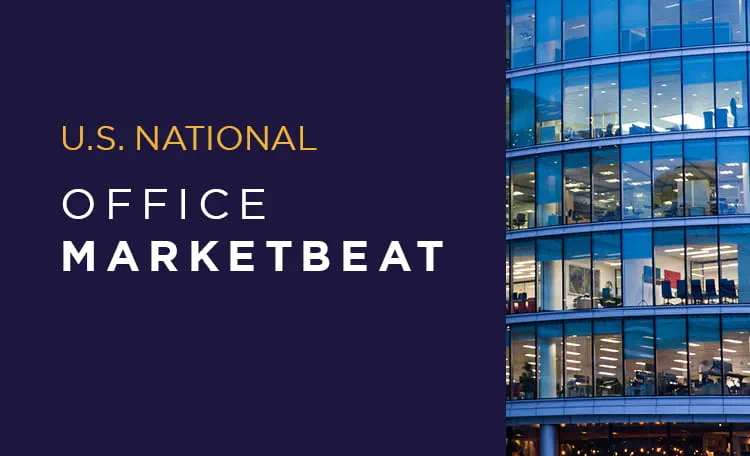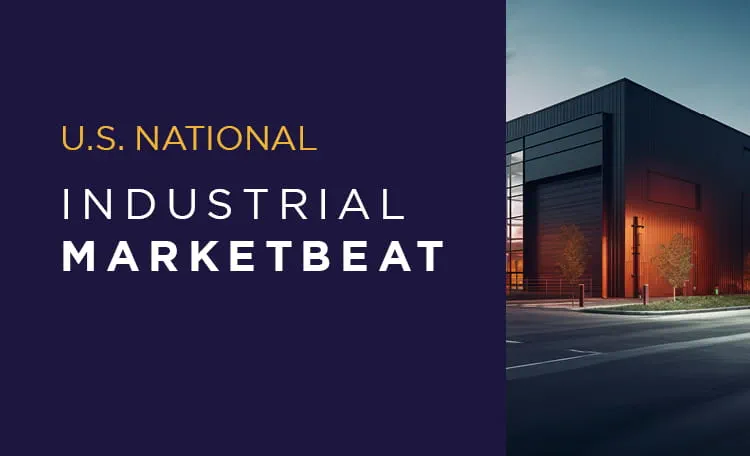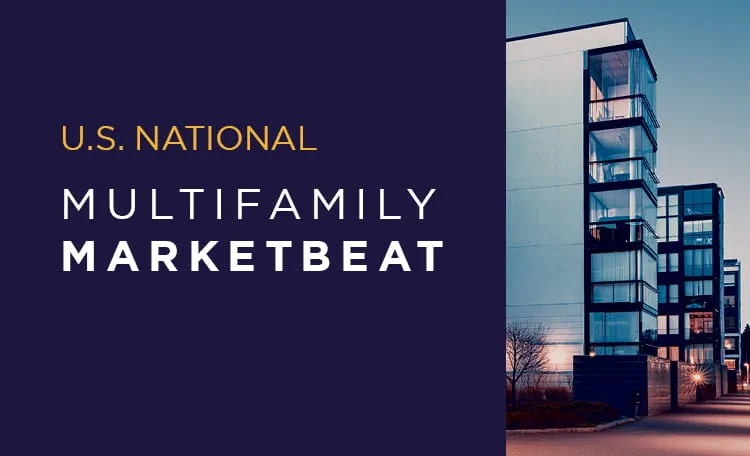For the data behind the commentary, download the full Q3 2025 U.S. Life Sciences Report.
Q3 2025 Life Sciences Key Trends
- National demand remains subdued, with net absorption registering -1.3 million square feet (msf) in Q3 2025, bringing the year-to-date (YTD) total to -2.8 msf. While still negative, this marks an improvement from the -3.7 msf recorded during the same period in 2024, suggesting an increase in tenant activity.
- Overall asking rents declined further to $66.35 per square foot (psf), a 4.4% year-over-year (YOY) decrease. Overall vacancy rates continued to rise, climbing 485 basis points (bps) YOY to 24.7%. The sublease vacancy increased 30 bps YOY to 3.9%.
- Construction activity is slowing as the development pipeline contracts. A total of 7.7 msf was delivered YTD through Q3 2025, down 19% from a year ago. Build-to-suit (BTS) projects now make up 53% of the pipeline, while speculative (spec) construction has dropped to 47% from 66% in 2024. This shift may help rebalance supply and allow for quicker absorption of existing inventory.
- Capital markets activity reached $1.7 billion in Q3, up 7% from Q2 but 21% below Q3 2024. YTD deal volume of $5.7 billion was up 21% from the same period last year. Pricing of $262 psf was 10% higher than the prior quarter but 6% lower than Q3 2024.
- Venture capital (VC) investment in life sciences totaled $8.4 billion in Q3, a 45% increase over Q2 and 6% higher than Q3 2024. Despite this quarterly rebound, deal volume for the year is down 12% YOY. A sustained recovery in VC funding would support biotech growth and enable more leasing activity as companies gain access to capital.
For the data behind the commentary, download the full Q3 2025 U.S. Life Sciences Report.






